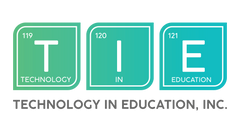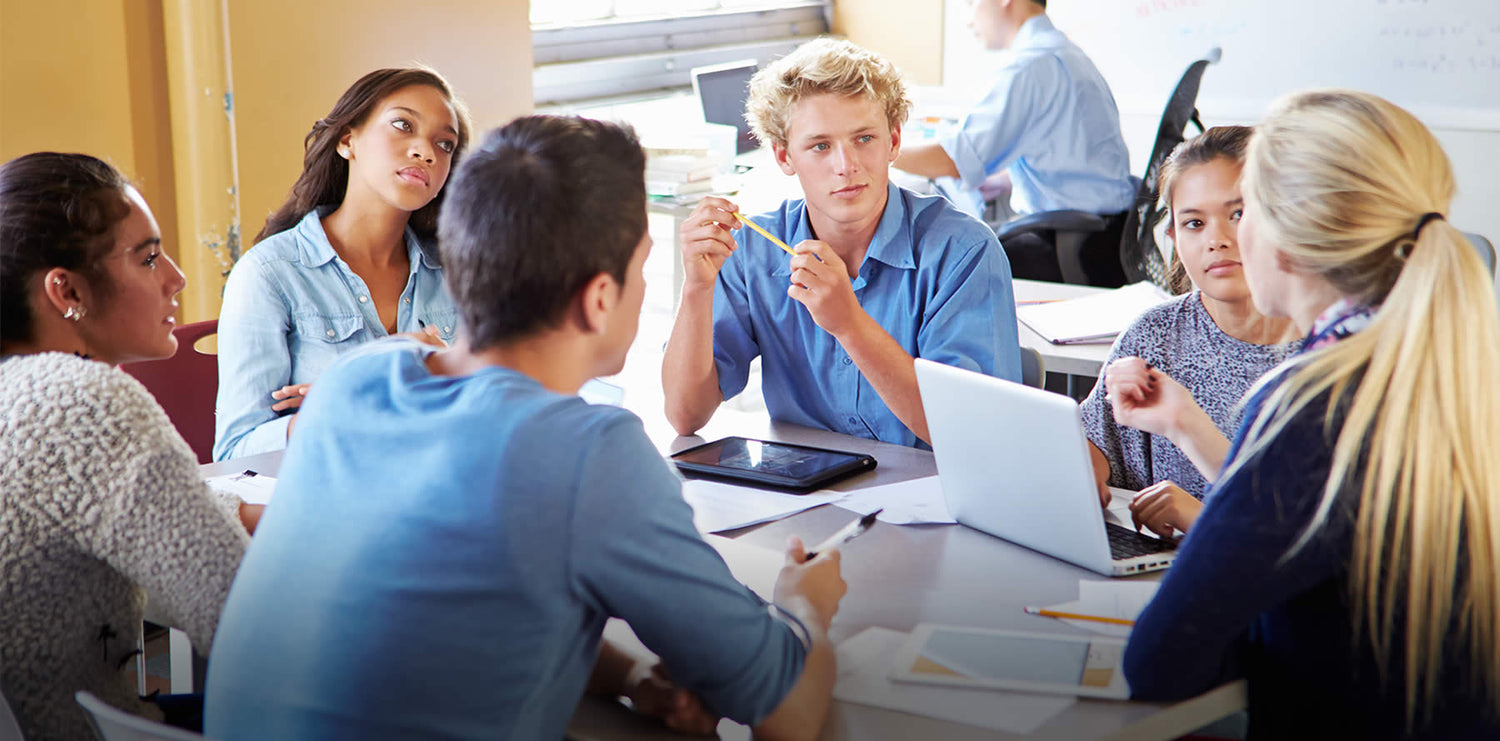Exploros gives every student a voice.
-

Students use their social media skills to post responses and share them with the teacher or with the class.
No student is a bystander, because, in order to see what others have posted and to advance through the lesson, every student must participate and post a response. Students are motivated to stay engaged, in order to comment on their peers’ posts.
-
Students use a mix of articles, videos, primary sources, and maps to access curricular content and gather information
-
Students take notes in graphic organizers
-
Students answer supporting questions
-
Students label maps, create timelines, sequence events
-
Students continue to construct questions
-
Students read other perspectives
answer them of an experience
English Language Development
-
Many of the OER articles and secondary reading passages are accompanied by an article summary. Teachers can place students into two Reading Groups when assigning the experience: one group will automatically be linked to summaries, and the other group will be linked to the full articles. The summaries provide a link to the full article. In addition, the learning experience Student Pack often includes additional resources for challenging the more advanced students.
As a web-based curriculum, students who need to read portions of an experience in their native language can use Chrome’s Google Translate extension to automatically translate a selected portion or even the entire experience. Shared peer responses are also translated when using this feature.


